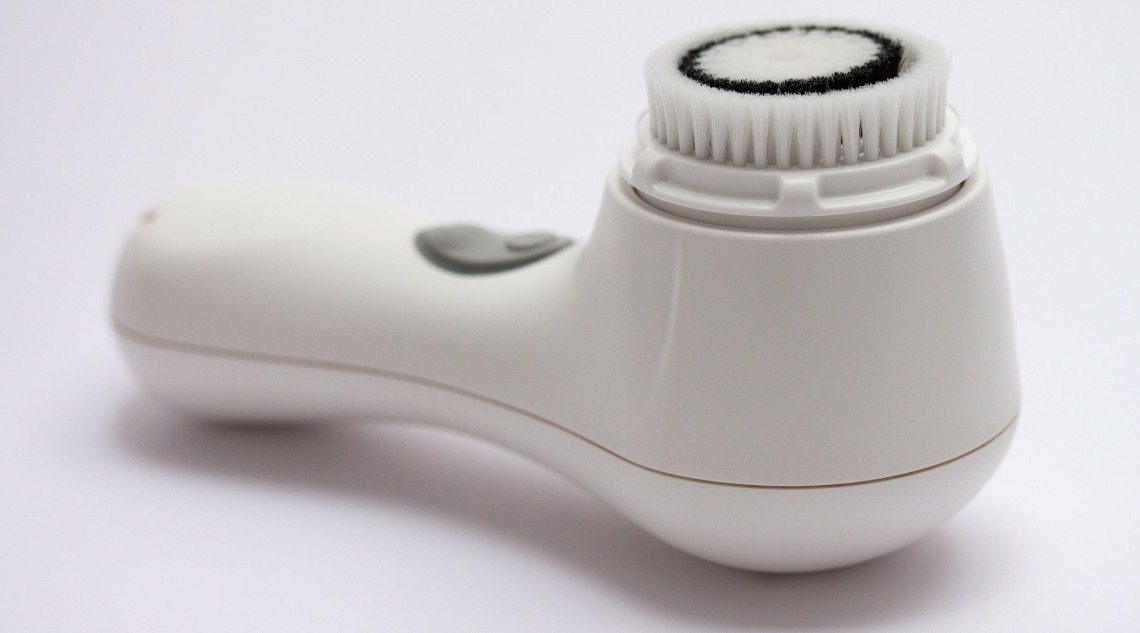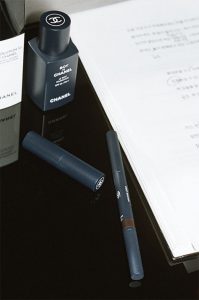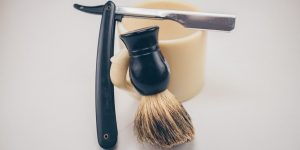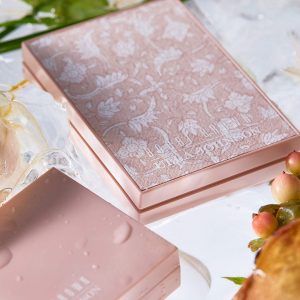Skin
Exfoliate – Benefits and Types of Exfoliation
Exfoliation is the removal of dead skin cells and other impurities on the top layer of the skin. Exfoliating once...
By: Beauty Insider Journalist / March 12, 2019

Exfoliation is the removal of dead skin cells and other impurities on the top layer of the skin. Exfoliating once in a while helps make your face smoother and softer. There are a vast amount of products on the market to help exfoliate our facial skins as they are part of beauty routines for many.
Contents
Benefits of Exfoliation
- Remove dead skin cells on the top layer of the skin
- Brighten your complexion
- Smoother and softer skin
- Unclog and deeper cleaning of pores. This would help prevent acne and encourage the shrinking of pore size
- Encourage skin turnover
- Improve blood circulation
- Better absorption of moisturizers and serums
Types of Exfoliation
There are two types of exfoliation, physical/mechanical and chemical.
1. Physical / Mechanical Exfoliation
- Cleaning devices (tools) – include wash cloth, exfoliating brush, exfoliating sponge and exfoliating glove.
- Cleansing products with beads or abrasive substances – these textured substances could be micro-beads, jojoba beads, date seed powder, rice bran and oatmeal.
2. Chemical Exfoliation
Chemical exfoliation is the process of dissolving the dead skin cells with chemicals or enzymes such as:
- Alpha-hydroxy acid (AHA) –such as glycolic acid, lactic acid, tartaric acid, malic acid, mandelic acid and citric acid. AHAs are water-soluble acids and works on the surface of the skin, leaving it smoother.
- Beta-hydroxy acid (BHA) – salicylic acid. BHAs are oil-soluble acids and can penetrate deeper into layers of skin and clean the pores.
- Enzyme-based – bromelain (extracted from pineapple), papain (extracted from papaya) and pumpkin enzyme.

















